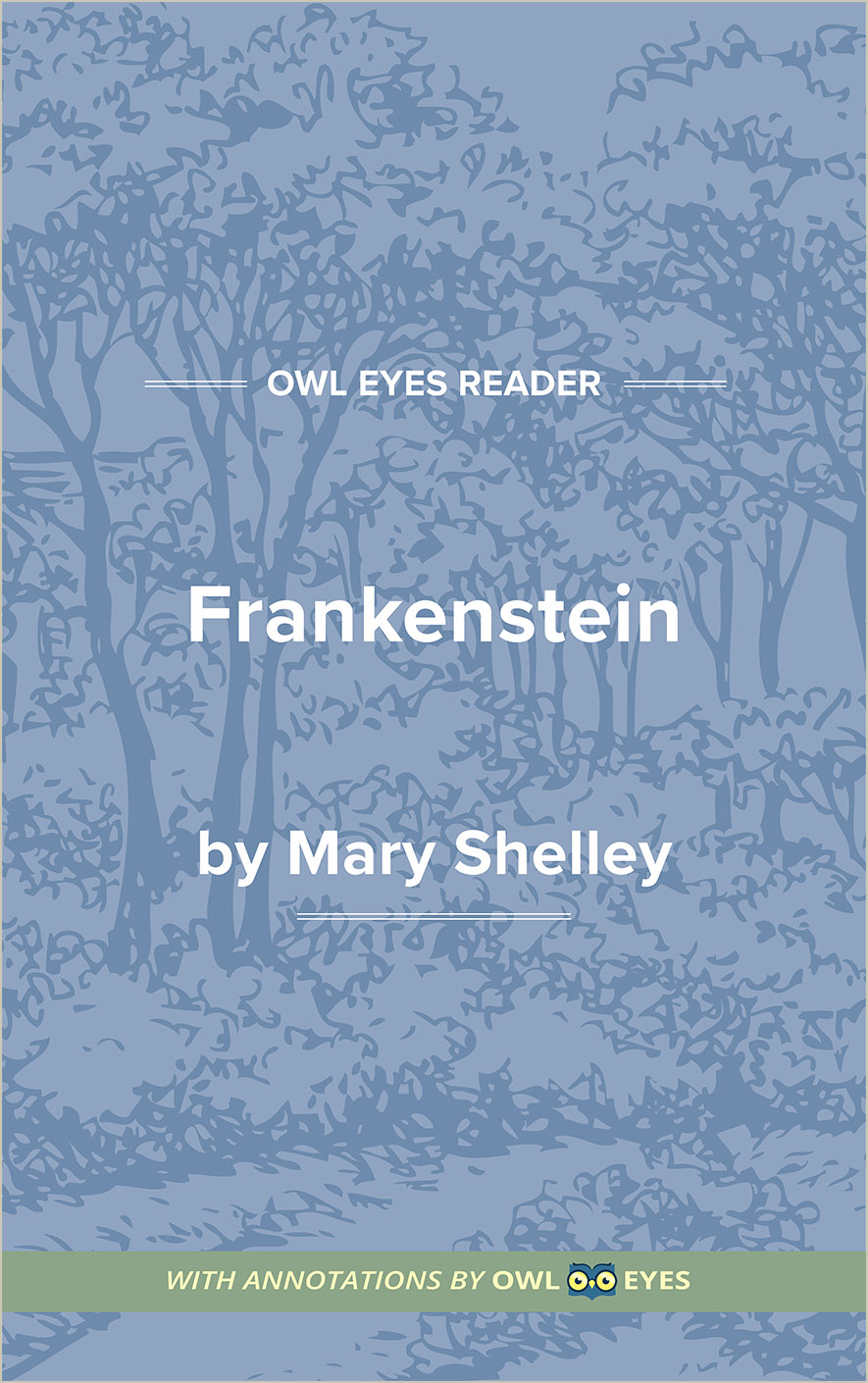Analysis Pages
Symbols in Frankenstein
Symbols Examples in Frankenstein:
Chapter I
🔒"Every one loved Elizabeth. The passionate and almost reverential attachment with which all regarded her became, while I shared it, my pride and my delight...." See in text (Chapter I)
Chapter IX
🔒"I shunned the face of man; all sound of joy or complacency was torture to me; solitude was my only consolation—deep, dark, deathlike solitude...." See in text (Chapter IX)
Chapter XI
🔒"I tried, therefore, to dress my food in the same manner, placing it on the live embers...." See in text (Chapter XI)
Chapter XVI
🔒"I learned from your papers that you were my father, my creator..." See in text (Chapter XVI)
"forked and destroying tongues. ..." See in text (Chapter XVI)
Chapter XX
🔒"At one time the moon, which had before been clear, was suddenly overspread by a thick cloud,..." See in text (Chapter XX)
"the sun had set, and the moon was just rising from the sea;..." See in text (Chapter XX)

